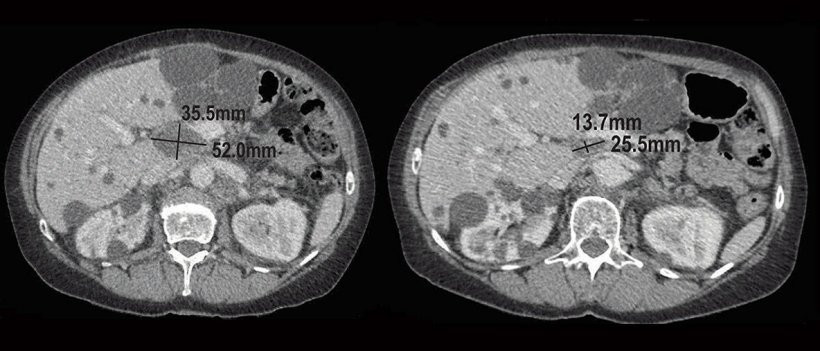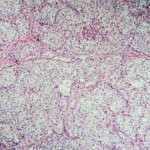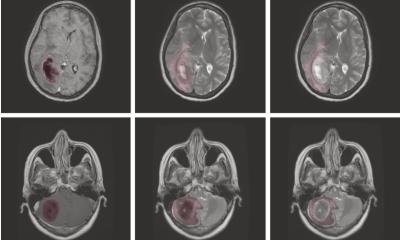
Source: University of Helsinki
News • ctDNA vs. HGSOC
Taking 'molecular snapshots' of ovarian cancer
High-grade serous ovarian cancer (HGSOC) is the most common and aggressive subtype of ovarian cancer. The HGSOC tumors consist of several heterogeneous cell populations with a large number of mutations.
This genetic variability makes it difficult to find drugs that would kill all the cancer cells, and to which the cells would not become resistant during treatment. Over half of the patients diagnosed with high-grade serous ovarian cancer die within five years of diagnosis, that is annually more than 150 000 women globally. To improve the efficacy of HGSOC treatment, a research group from University of Helsinki, together with researchers from University of Turku and Turku University Hospital, have now studied the use of circulating tumor DNA in finding precision medicine-based treatments for the disease. Circulating tumor DNA (ctDNA) refers to tumor-derived cell-free DNA in the bloodstream. ctDNA detection is a minimally invasive technique that offers dynamic “molecular snapshots” of genomic alterations in cancer.
Recommended article

News • Machine learning tool
AI can predict survival of ovarian cancer patients
Researchers have created a new machine learning software that can forecast the survival rates and response to treatments of patients with ovarian cancer. The artificial intelligence software, created by researchers at Imperial College London and the University of Melbourne, has been able to predict the prognosis of patients with ovarian cancer more accurately than current methods. It can also…
“Analyzing circulating tumor DNA enables us to detect genomic alterations also in late stage cancers in which taking biopsies from the tumor is difficult or even impossible. In the current research, we demonstrated that circulating tumor DNA can be used to monitor the patient responses to treatment, and find drug combinations to target the Achilles' heels of the tumor’s genomic profile,” says Professor Sampsa Hautaniemi, director of the Systems Oncology Research Program in the Faculty of Medicine at University of Helsinki. The research is part of EU funded HERCULES Project, and the results were published in JCO Precision Oncology.
Our goal is to find out how ovarian cancer becomes resistant to current treatments, and use this knowledge in finding more effective precision treatments
Sampsa Hautaniemi
Hautaniemi’s research group has implemented a clinical ctDNA workflow to detect clinically actionable alterations in more than 500 cancer-related genes.
In the present study, the researchers analyzed 78 ctDNA samples from 12 ovarian cancer patients before, during and after the treatment using bioinformatics analysis, and in-house Translational Oncology Knowledgebase to detect clinically actionable genomic alterations. DNA alterations associated with clinically available drugs were detected in 58% of the patients. The treatment of one patient has already been tailored successfully based on the results. For the other patients the results may be useful if their cancer relapses.
The results demonstrate a proof-of-concept for using circulating tumor DNA to guide clinical decisions. Furthermore, the results show that longitudinal ctDNA samples can be used to identify poor-responding patients after first cycles of chemotherapy. In addition, the researchers provide the first comprehensive, open-source ctDNA workflow for detecting clinically actionable alterations in solid cancers. “The prognosis of ovarian cancer patients is still poor. However, the future looks brighter as research has discovered targeted therapies for the genomic alterations also in ovarian cancer tumors,” Hautaniemi says. “We are currently in the forefront of the precision medicine for ovarian cancer. Our goal is to find out how ovarian cancer becomes resistant to current treatments, and use this knowledge in finding more effective precision treatments.”
Source: University of Helsinki
07.05.2019











